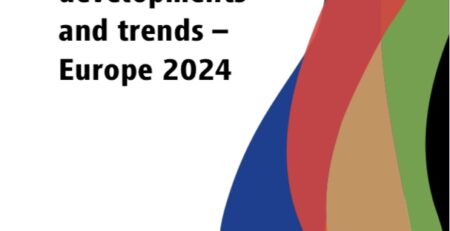Understanding Financial Vulnerability Among Asians, Blacks, and Hispanics in the United States
By Andrea Hasler, Annamaria Lusardi, Olivia S. Mitchell & Alessia Sconti
The COVID-19 crisis has brought to light the deeply rooted financial struggles that many people face in America, and it also exacerbated racial inequality. In particular, minority communities have been disproportionately impacted by the pandemic in many ways, making them ideal targets for efforts to promote financial well-being. This paper examines the financial vulnerability of Asians, Blacks, and Hispanics in the United States, along with potential drivers, using data from the 2021 National Financial Capability Study and the 2022 TIAA Institute-GFLEC Personal Finance Index. We analyze indicators measuring financial vulnerability across three topics of personal finances: retirement planning, indebtedness, and financial resilience. We find that more Blacks and Hispanics reported being financially vulnerable, compared to Whites and Asians. The main contributing factors to the racial and ethnic gaps in financial vulnerability are single parenthood, youth, lack of savings and wealth, too much debt, income shocks, costly money management practices, and low financial literacy levels. The empirical analysis is complemented by roundtable discussions with experts and thought leaders from National CAPACD and UnidosUS. Our research findings and recommendations can be used to develop more inclusive and tailored financial education programs.
Source @SSRN











